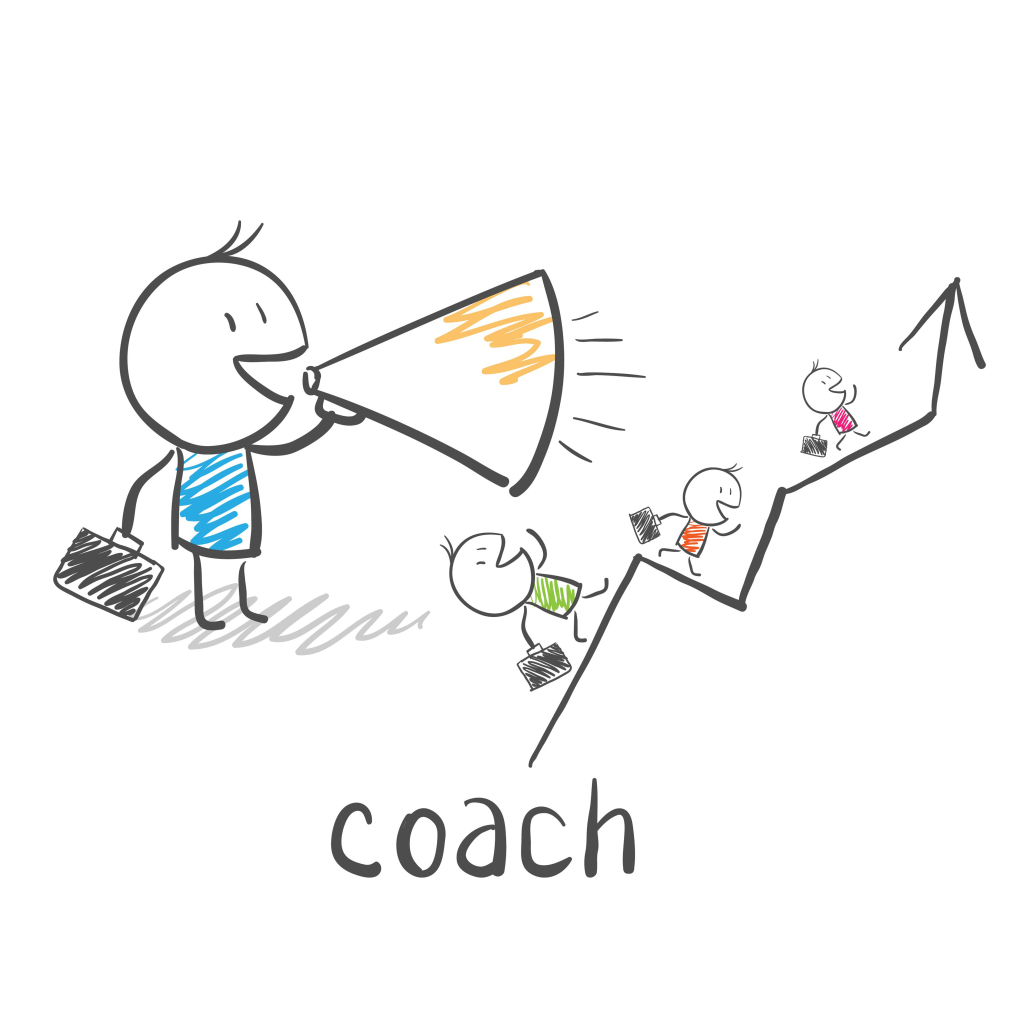 This could be the topic of three or four articles because the topic itself is big AND there are many ways to look at getting employees to think bigger. I’m going to hit the highlights in this article and discuss a few coaching techniques you can use. Perhaps in future articles I’ll drill down a bit.
This could be the topic of three or four articles because the topic itself is big AND there are many ways to look at getting employees to think bigger. I’m going to hit the highlights in this article and discuss a few coaching techniques you can use. Perhaps in future articles I’ll drill down a bit.
What does it mean to coach employees to think bigger?
Often I have clients asking me how they help their employees think bigger. I always follow up with the same question, “what does think bigger mean to you?” Here are some of the responses I receive.
- Getting them to think more like entrepreneurs. This can mean taking ownership, being creative, thinking 2, 3 or 4 steps ahead, caring about the company and sometimes it’s about ‘what’s next’ thinking. This is just a sampling of what it means to think like an entrepreneur.
- Focused on results not tasks. How often do you hear from employees what they have done, not what they have accomplished or the results? Learning how to measure results and shift the focus from tasks to results is a huge step for many employees.
- Move away from treating symptoms. When symptoms are treated as if they are the problems, they are going to recur. Thinking bigger means they recognize when the problem comes up the 2nd or 3rd time that they are treating the symptom and stop to ask themselves, what might be the root problem?
- Thinking beyond their own area of responsibility. So often employees only consider themselves or their department without considering the impact on others. Whether it’s implementing a new process, fixing a problem, or coming up with new ideas, employees need to be able to look at how and what they are doing will affect others.
What’s the next step?
To get employees to think bigger they need to learn to be curious and inquisitive. One coaching technique to use is asking lots and lots of questions. Not only is asking questions paramount to thinking differently than one is currently thinking, it helps us as leaders understand how they are actually thinking instead of assuming we know.
Questions to consider asking include: What if, what’s the impact, who else needs to be involved, what do we not know, is there another way to think about this, why is this an issue, how can we solve this differently, what are the repercussions of this decision/action…questions promote a different way of thinking which will, in turn, help people think bigger.
I can’t stress this point enough. Asking questions is the key to improved communication, getting out of our own head and assumptions/beliefs, thinking strategically not just tactically, and seeing how our role is part of a bigger picture.
Your role as the leadership coach
Your role is to coach them to be more curious. When they come with a solution, or even a problem, you should be asking them questions.
- “What other options have you considered, even if you dismissed them as options?”
- “Who will be impacted?”
- “Is this the first time this has occurred?”
- “How can you get to the same end result but with fewer steps or less cost or in a shorter amount of time?”
You want to model for them the behavior you want by asking them the questions you want them to ask themselves.
If they continue to think small, encourage them to ask questions. Even saying, “what are the questions you might want to ask that you haven’t yet?” can get them thinking. Brainstorm with them. Don’t give them the answers or the questions, but do guide them.
One coaching technique is as they adopt this new way of being, acknowledge them. And share with them the results of this new way of thinking. Have customers responded positively when they call for support? Has productivity improved? Is there less tension between individuals or departments? Are you seeing new and creative solutions that save you time or money or provide your company a competitive edge? Be as specific as you can so they begin to see the cause and effect of this new way of thinking.
If you want employees to think bigger, you need to teach them how to ask questions and think about things in a way they haven’t before. Many interactions with your employees are teaching moments. Use these times to coach your employees to think bigger.
Does your company have solid performers you want to take to the next level? Contact Linda today for a complimentary 30-minute call to discuss how coaching can help you achieve results.





